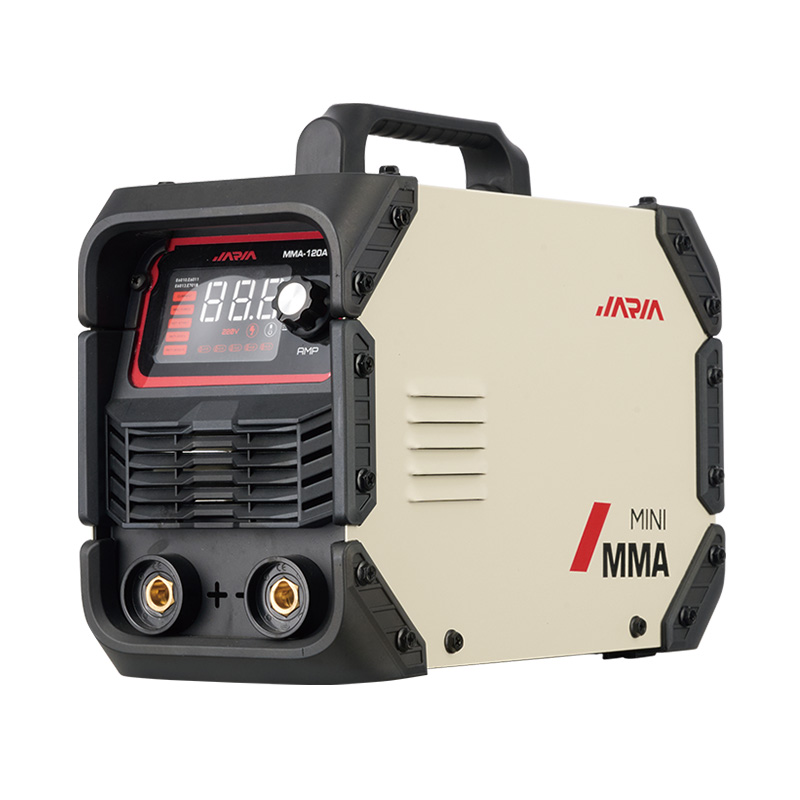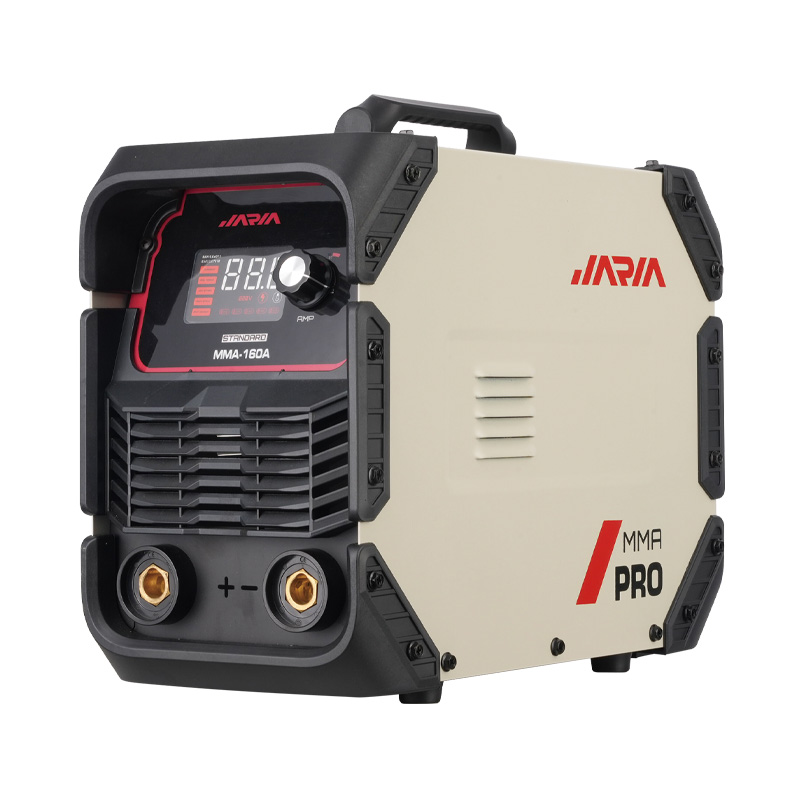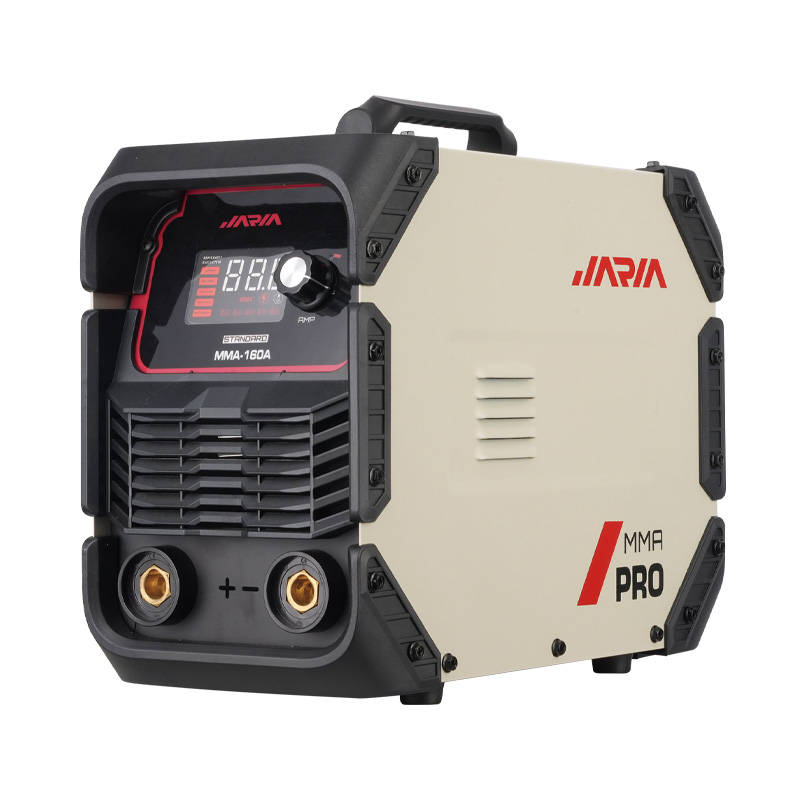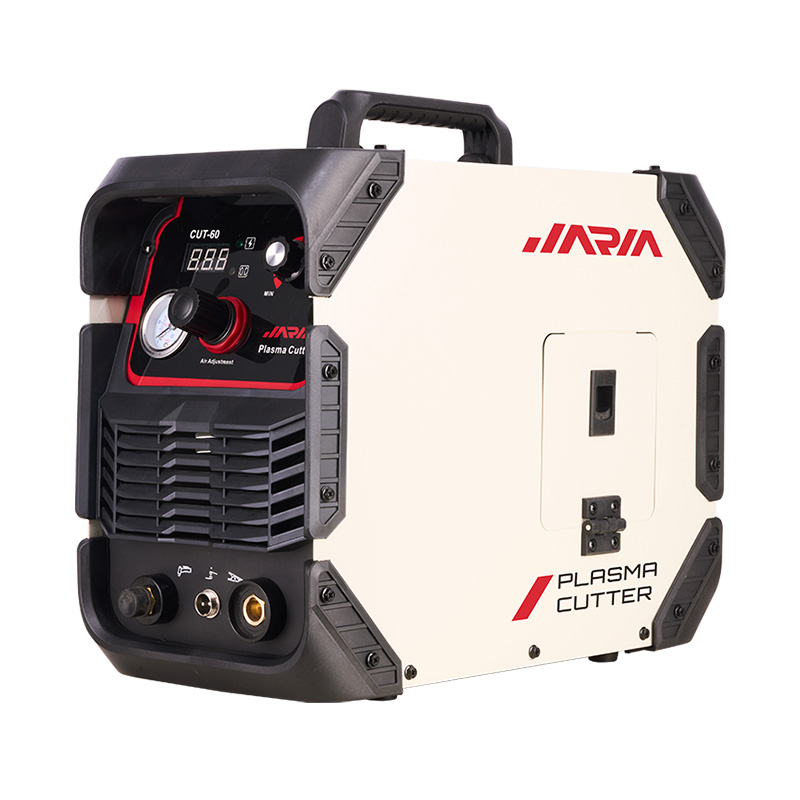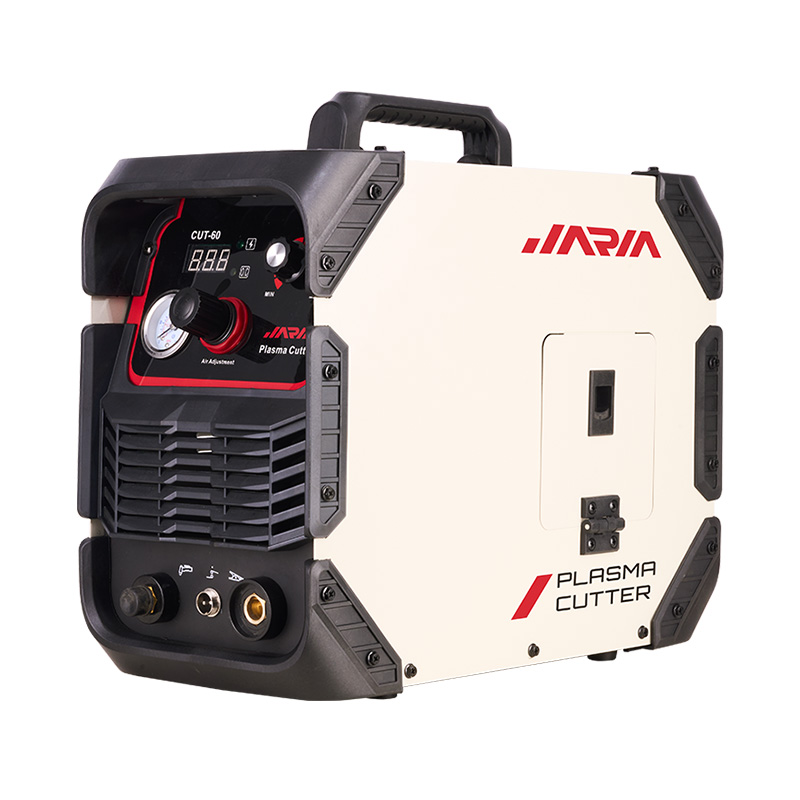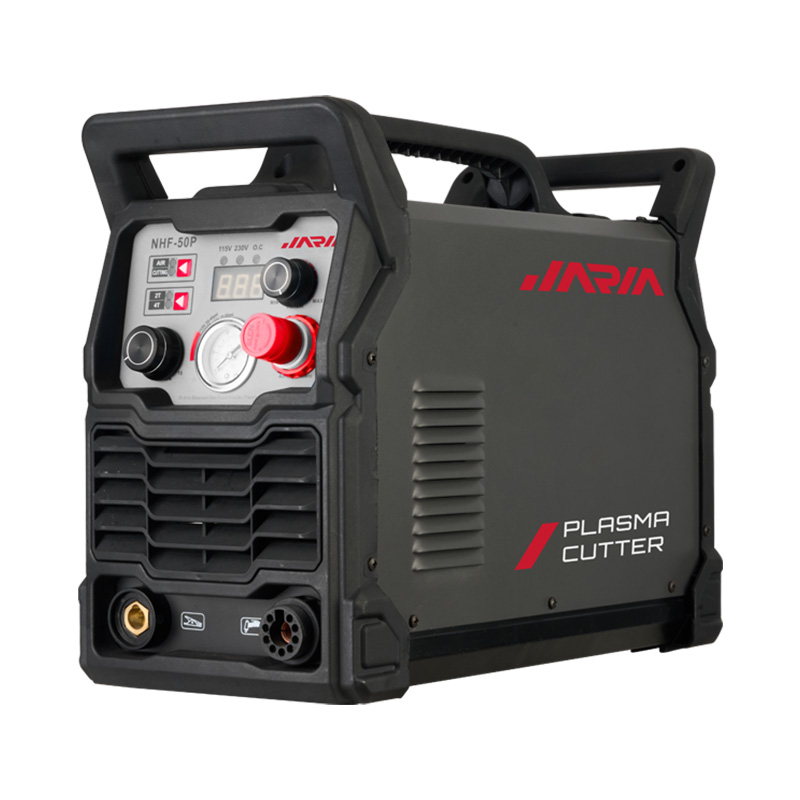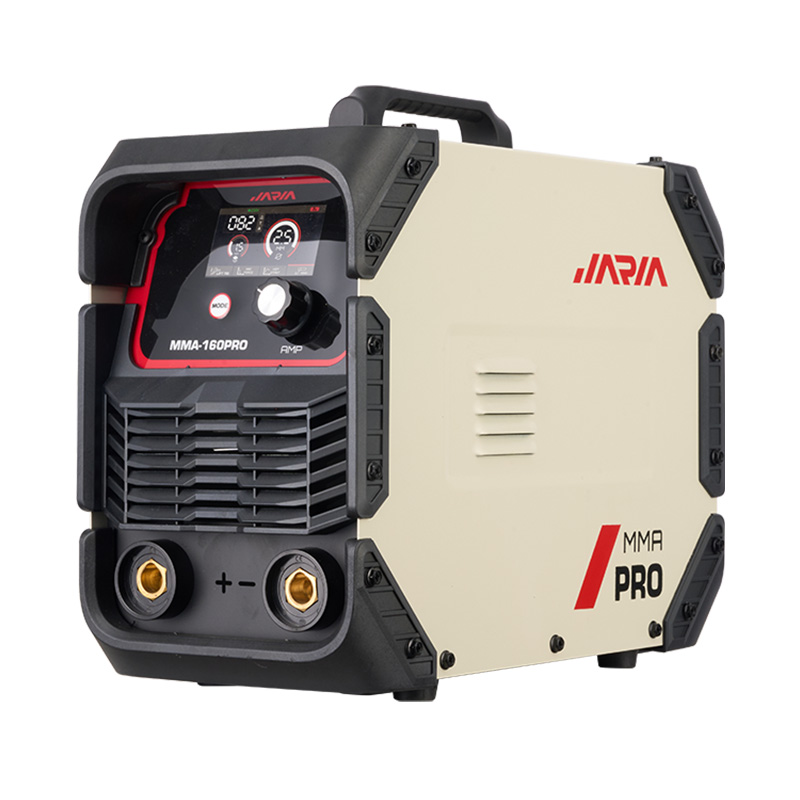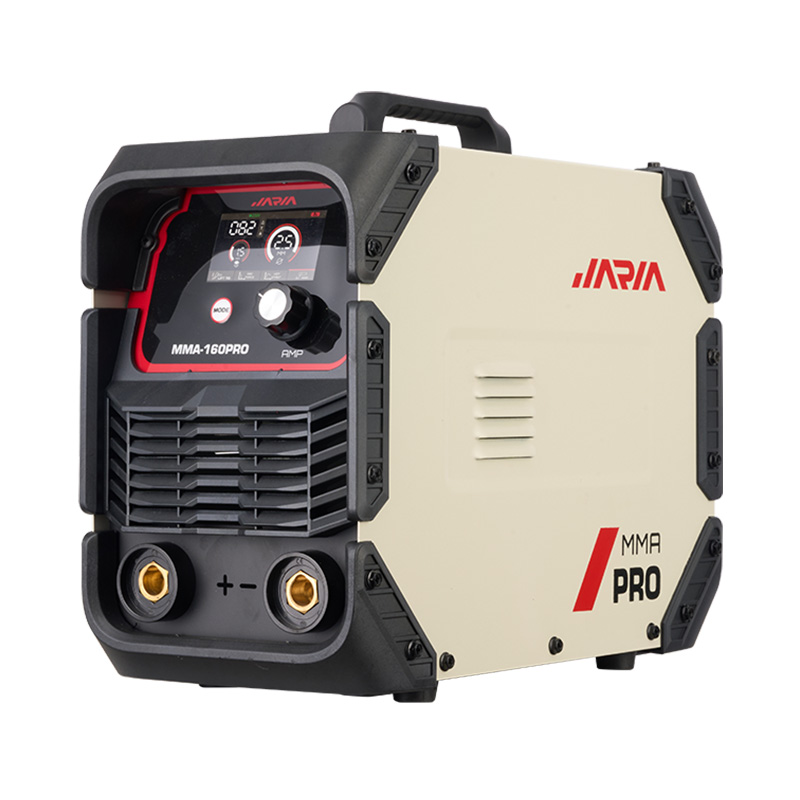In the field of welding, technological advancements have brought forth new equipment and techniques. One such innovation is the inverter welder factory. In this article, we will delve into the world of inverter welder factory, exploring their working principles, advantages, applications, technological developments, buying tips, and safety considerations.
Working Principles of an Inverter Welder:
An inverter welder utilizes high-frequency power conversions, converting the electrical input from AC (Alternate Current) to a higher frequency DC (Direct Current). The key components of an inverter welder factory are the rectifier, inverter circuit, and transformer. The rectifier converts AC to DC while the inverter circuit converts DC to high-frequency AC, and finally, the transformer steps up the voltage to create an electric arc for welding.
Advantages and Disadvantages of Inverter Welders:
inverter welder factory come with several advantages over traditional welding machines. To begin with, they are compact and lightweight, making them easy to transport and handle. Additionally, their high energy efficiency results in lower operating costs. Moreover, inverter welders offer improved welding quality due to their stable arc characteristics and better control. However, it is worth noting that inverter welders tend to be more expensive and require a stable power supply.
Applications of Inverter Welders:
Inverter welders have found extensive applications across various industries. One prominent sector is automobile manufacturing, where the small size and portability of inverter welder factory facilitate assembly line welding tasks. Similarly, the shipbuilding industry benefits from the flexibility provided by inverter welders for welding in tight spaces. Other industries such as machinery manufacturing, construction, and metal fabrication also rely on inverter welders for their welding needs.
Technological Developments and Trends:
The technological advancements in inverter welder factory continue to progress, driven by the demand for higher efficiency and improved performance. The power density of inverter welders is increasing, allowing for higher welding currents in smaller packages. This enables welders to handle heavier workloads without sacrificing portability. Additionally, the application of intelligent control systems in inverter welders provides automated settings, making welding operations more user-friendly and efficient.
Tips for Purchase and Safe Usage:
When purchasing an inverter welder factory, it is essential to consider aspects such as brand reputation, specifications, and power requirements. Choosing a reputable brand ensures reliability and after-sales support. Additionally, analyzing the specific welding requirements and selecting the appropriate power rating is crucial. Regarding safety, welders must follow proper operating procedures, wear suitable protective gear, and maintain a safe working environment.
Comparison with other Welding Equipment:
Inverter welders stand out when compared to other common welding machines such as DC welders and AC welders. DC welders offer good control and stability, making them suitable for specific applications. AC welders, on the other hand, excel in handling thicker materials and penetrate deeper into the base metal. However, inverter welder factory provide a balance between the advantages of DC and AC welders, making them versatile and widely preferred in various welding scenarios.
Inverter welders have revolutionized the welding industry with their compact size, high energy efficiency, and improved performance. Their applications span across diverse industries, contributing to efficient and precise welding operations. The continuous technological developments in inverter welder factory promise even greater advancements in the future. Understanding the working principles, advantages, usage guidelines, and applications of inverter welders enables welders and industry professionals to make informed choices and harness the benefits of this cutting-edge welding technology.

 英语
英语 西班牙语
西班牙语 阿拉伯语
阿拉伯语